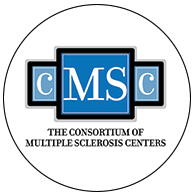Probability of event-free survival 69% at 5 years
NATIONAL HARBOR, Md. — A combination of high-dose immunosuppressive therapy and autologous hematopoietic cell transplantation resulted in a high remission rate in patients with severe relapsing-remitting multiple sclerosis (MS), researchers reported here.
“High dose immunosuppressive therapy was well tolerated; we had few serious complications,” researcher James Bowen, MD, of Swedish Medical Center in Seattle, said here at at the Consortium of Multiple Sclerosis Centers annual meeting. “The high-dose therapy was effective at inducing sustained remissions over the 5 years,” and patients did not need to go on any other disease-modifying therapy.
The researchers conducted a phase II prospective, single-arm, open-label trial of the combination in patients with highly active relapsing-remitting MS who had failed conventional therapies. The high-dose immunosuppressive therapy included carmustine, etoposide, cytarabine (ara-C), melphalan, and antithymocyte globulin.
Eligibility requirements for the trial included an Expanded Disability Status Scale (EDSS) score of 3.0 to 5.5 and more than two relapses on therapy in the previous 18 months. Primary endpoint events or treatment failure were defined as either death or any evidence of MS disease activity, including relapse, new lesions seen on MRI, or a disability increase of more than 0.5 EDSS points during the 5 years after transplant.
A total of 24 patients received the high-dose immunosuppressive therapy and stem cell transplant according to protocol; median followup was 62 months. Patients’ average age was 37; their average disease duration was 4.9 years. Average baseline EDSS score was 4.5, and prior therapies included interferon, glatiramer acetate, mitoxantrone, and natalizumab (Tysabri).
The researchers found that at 5 years, the probability of event-free survival according to the primary endpoint was 69.2% (90% CI 50.2%-82.1%). Progression-free and relapse-free survival were at 90.9% (90% CI 73.7%-97.1%) and 86.3% (90% CI 68.%-94.5%), respectively. Probability of of freedom from disease activity as detected by brain MRI was 88.2% (90% CI 67.0%-96.2%).
In addition, MS disease burden as measured by T2-weighted lesion volume on MRI was significantly reduced by 6 months as compared to baseline, and was sustained for 5 years (median change -1.208 mL, P<0.001). T1 lesion volume was increased at 5 years (median change 0.094 mL, P=0.041).
In terms of adverse events, there were 121 grade 3 and 93 grade 4 adverse events in the first 3 years after high-dose immunosuppressive therapy, mostly hematological and gastrointestinal. Between 3 and 5 years after transplant there were 15 grade 3 events and no grade 4 events. Three deaths occurred during the study, all unrelated to study treatment.
“High-dose immunotherapy and hematopoietic cell transplantation for highly active relapsing-remitting MS induced a high rate of remission of MS disease activity that was sustained at 5 years without maintenance therapy,” the authors wrote. “Most treatment-related adverse events were as expected, consistent with the transplant regimen.”
Jerry Wolinsky, MD, of the University of Texas Health Science Center in Houston, who was not involved with the study, bemoaned its lack of a comparator group. “This line of therapy in one form or another has been going on for 20-some years or more,” he said, “and most of it has been done … in a way that doesn’t have a concomitant control group.
“It would be very nice if the groups doing this work could have a concomitant control to understand to what extent chemotherapy is providing the benefit — is it just the extraordinarily high dose of chemo or is there a special additional benefit of the repleted stem cells? That’s been my point of contention for a very long time.”
One idea might be to use “delayed start” trials, “where you’re randomizing to patients who maybe get their course of stem cells later, and depending on the nature of the ablative therapy that occurs first — if it’s ablative and they have to be rescued, then I understand that we have to find a different kind of active comparator group,” Wolinsky added. “If most patients would reconstitute but maybe less fast, one might be able to do just the chemotherapy.”
Bowen disclosed multiple relevant relationships with industry, including Acorda Therapeutics, Biogen Idec, EMD Serono, Genzyme, Novartis, GlaxoSmithKline, Amgen, Genentech, and Teva Neuroscience. Co-authors disclosed relevant relationships with Navigant Consulting, F. Hoffman-La Roche, Mitsubishi Pharma, and Sanofi.
Wolinsky disclosed relevant relationships with Novartis, F. Hoffman-La Roche, Genzyme, Teva Pharmaceuticals, AbbVie, Actelion, Alkermes, Athersys, EMD Serono, Forward Pharma, Genentech, Genzyme, XenoPort, Sanofi, the NIH, and Chemicon International.












